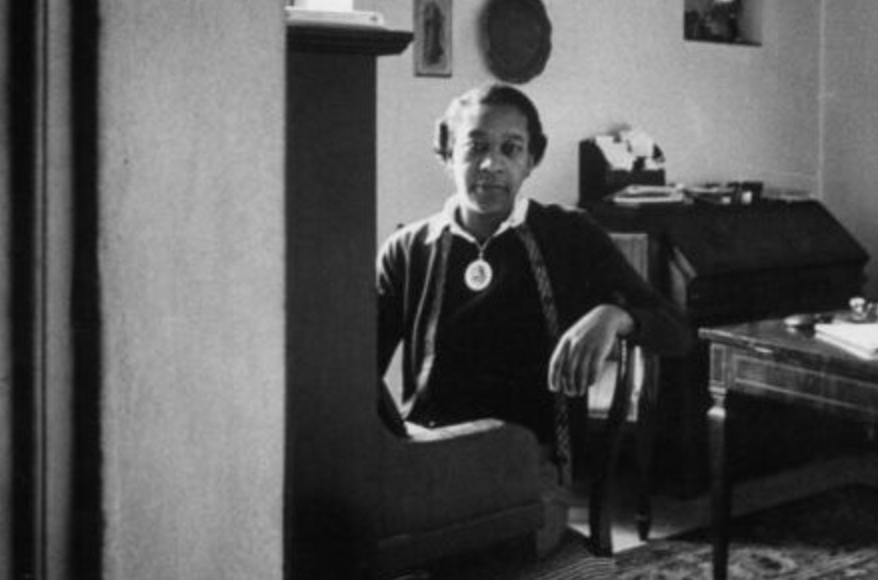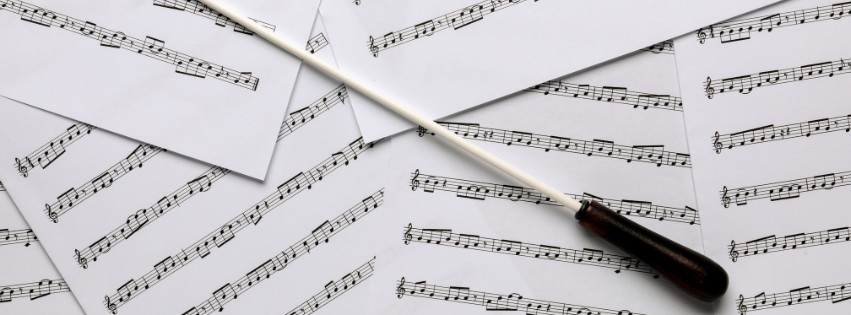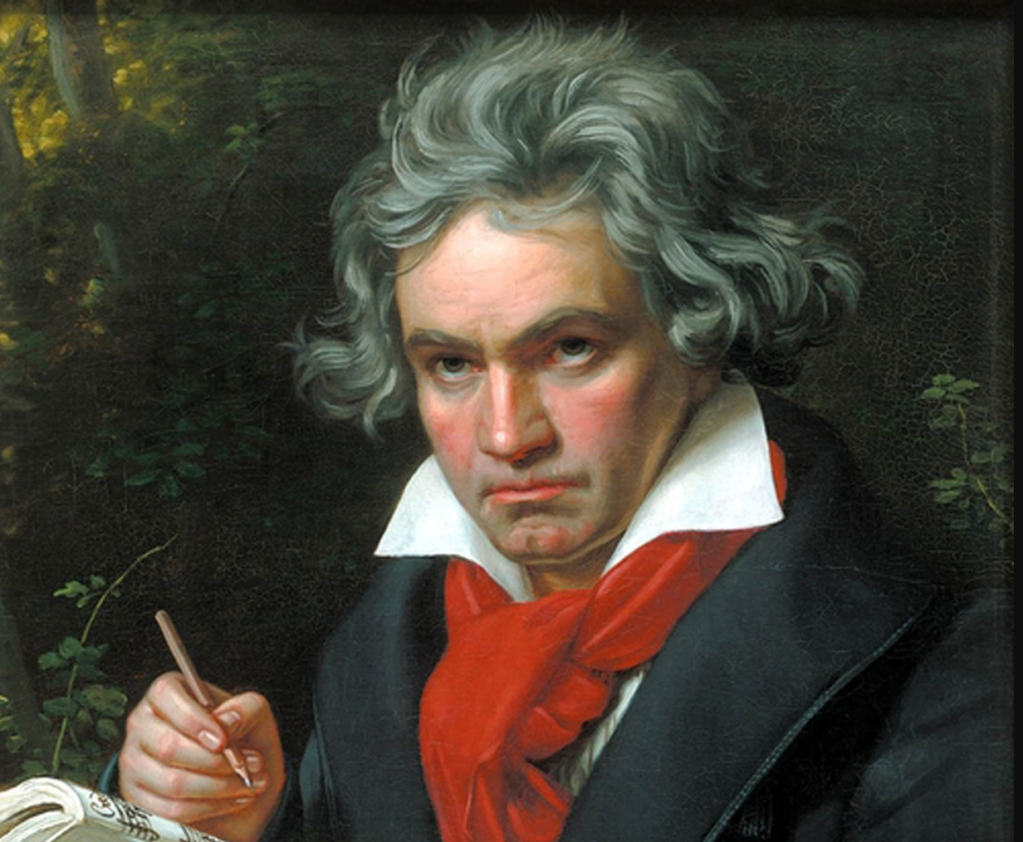In 2024 as we celebrate the 100th anniversary of American composer Julia Perry’s birth, it’s a great opportunity to (re)discover this amazing 20th-century composer. Throughout her career Julia Perry garnered recognition for her compositions which skillfully merged 20th-century European techniques with African American musical traditions.
First steps
Born on March 25, 1924, in Lexington, Kentucky, Julia Perry showed an affinity for music from a young age. Recognizing her talent, Perry’s parents encouraged her musical education, which led her to study at the Westminster Choir College, New Jersey. She went on to Berkshire Music Center in Tanglewood, where she studied under composer Luigi Dallapiccola. Perry then studied at the famous Julliard School in New York and was awarded a Guggenheim Fellowship.
Studying abroad
In 1952 she crossed the Atlantlic to study under Nadia Boulanger in Paris, and she won the Boulanger Grand Prix for her Viola Sonata. Later she was awarded her second Guggenheim Fellowship, and moved to Italy to pursue her studies with Dallapiccola.
These years greatly influenced her musical style : « While in Europe, Perry developed an abstract style of which dissonant harmonies, shifting rhythms, and contrapuntal textures are prominent characteristics. She also became active as a conductor. » (Source: Atlanta Symphony Orchestra)
Finding her voice
Perry’s compositions span various genres, including orchestral music, chamber music, opera, vocal works, and choral compositions. After coming back to the US, her compositions gradually evolved into a unique and distinct musical language that reflected her African American heritage and cultural experiences: « In response to the civil rights struggles of the 1960s, Perry sought to reference Black American musical idioms more explicitly in her compositions. Works like A Suite Symphony (1976), for example, draw on rock and roll and rhythm and blues. » (Source: Atlanta Symphony Orchestra)
Perry’s music embraces a fascinating blend of Western classical traditions and elements of African American folk music and jazz. She skillfully incorporates syncopated rhythms, bluesy melodies, and harmonic innovations that imbue her compositions with a sense of vitality and distinctiveness. Perry’s arrangement of spirituals also demonstrates her deep connection to African American musical traditions.
In 1971, Perry suffered the first of several strokes that left her paralyzed on the right side. This didn’t stop her from composing. She taught herself how to write with her left hand and continued composing until her death, at age 55, on April 24, 1979. Unfortunately few of her compositions remain: « Lacking association with an organization or partner to care for her compositions, much of her work has been lost after her death. » (Source: Los Angeles Public Library)
Musical legacy
According to John Vandevert « as a composer, she looked towards neo-classicism for her aesthetic inspiration, drawing inspiration from traditional forms yet invigorating them in new and exploratory ways without ever sacrificing an innate sense of musical sophistication. » (Source: Opera Wire)
One remarkable area of focus in Perry’s musical career is her exploration of religious themes. Her choral works, such as Stabat Mater and the Two Cantatas on Biblical Themes showcase her ability to intertwine intricate vocal lines with emotionally charged harmonies. These compositions illustrate Perry’s keen sense of storytelling through music – a talent that truly distinguishes her artistry. As mezzo-soprano J’Nai Bridges explained to the New York times, Perry’s vocal writing is « intense, it’s very introspective, it’s very intimate and also very extreme. »
A talented composer for the voice, she wrote four operas which have unfortunately forgotten: « Despite having finished four operas, her name has been essentially erased from operatic history thanks to numerous problems, including missing manuscripts, the infrequency of recordings and stagings, and the gradual passage of time, which gave rise to more household names. » (John Vandervet, Opera Wire)
Despite her undeniable musical talent, Perry faced significant challenges as an African American woman trying to make her mark in a predominantly white and male-dominated industry. Racial and gender biases limited her opportunities, reducing her exposure and acclaim. However, such adversity did not stop Perry from producing extraordinary compositions that continue to inspire and captivate audiences today.
There currently is a copyright issue that hinders her music being more programmed in concert halls and recorded: « Although scholars have identified about 100 of her manuscripts and scores, dozens cannot be performed or recorded because there is no established copyright holder. » (Garrett Schumann, The New York Times) This issue might be resolved in the coming years, as « the Akron Symphony has also engaged a local lawyer to help resolve the copyright ambiguities that ensnare many of Perry’s compositions » (Garrett Schumann, The New York Times).
In celebrating Julia Perry’s life and oeuvre, it is crucial that we continue to champion and uplift the voices and works of historically marginalized composers who have enriched the classical music canon. Perry’s compositions, with their evocative melodies, vibrant harmonies, and profound storytelling, deserve a prominent place in the repertoire, to be played and celebrated by musicians and audiences alike.
List of events and recordings in 2024
- February 26 – March 1: Julia Perry Week at the Royal Northern College of Music – Manchester (UK)
- March 13-16: Julia Perry Centenary Celebration and Festival – Experiential Orchestra (EXO) and Videmus – New York City (USA)



Laisser un commentaire